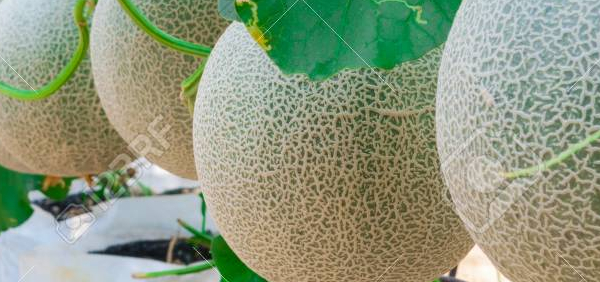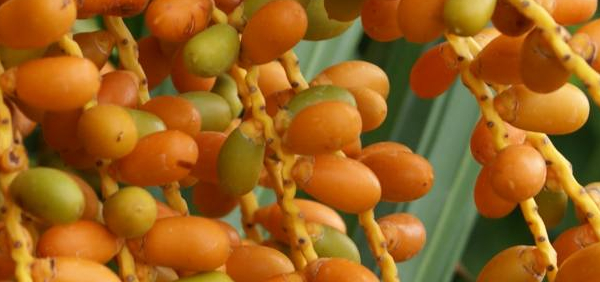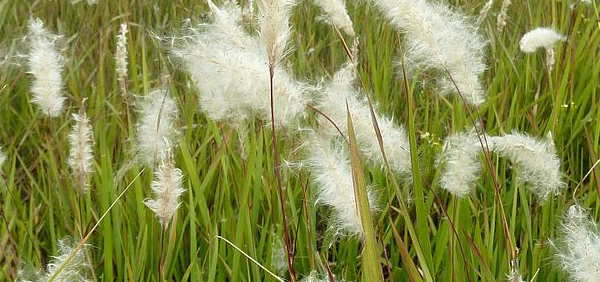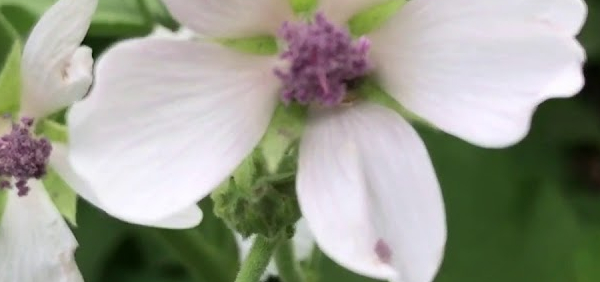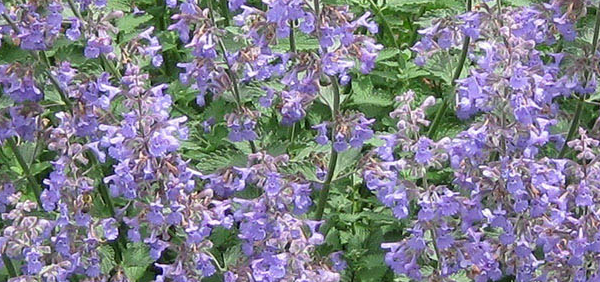udumbara :

Morphology:
Goolar is an attractive fig tree with a crooked trumk and a spreading crown.
Unlike the banyan, it has no aerial roots. The most distinctive aspect of this tree is the red, furry figs in short clusters, which grow directly out of the trunk of the tree. Those looking for the flower of goolar should know that the fig is actually a compartment carrying hundreds of flowers
Leaves: The leaves are dark green, 6-10 cm long, glabrous; receptacles small subglobose or piriform,
in large clusters from old nodes of main trunk
Fruits: The fruits receptacles are 3-6 cm in diameter, pyriform, in large clusters,
arising from main trunk or large branches.
The fruits resemble the figs and are green when raw, turning orange, dull reddish or dark crimson on ripening.
The fruit of Ficus Racemosa Linn is 3/4inch to 2 inches long, circular and grows directly on the trunk
Seeds: The seeds are tiny, innumerable and grain-like.
Outer surface of the bark consists of easily removable translucent flakes grayish to rusty brown,
uniformly hard and non-brittle
Bark: Bark is reddish grey or grayish green, soft surface, uneven and often cracked, 0.5-1.8 cm thick,
on rubbing white papery flakes come out from the outer surface, inner surface light brown, fracture fibrous,
taste mucilaginous without any characteristic odour. Unlike the banyan, it has no aerial roots.
Those looking for the flower of goolar should know that the fig is actually a compartment carrying hundreds of flowers.
Texture is homogeneously leathery
Roots: The roots of F.racemosa are long, brownish in colour.
It’s having characteristic odour and slightly bitter in taste
Roots are irregular in shape
Histology:
- Transverse section of bark
shows cork, 3-6 layers of thin-walled cells filled with brownish content,
cork cambium single layered,
- secondary cortex 6-12 layered, composed
of thin-walled rectangular cells arranged regularly,
- a number of secondary cortex
cells contain starch grains and some contain rhomboidal crystals of
calcium oxalate,
- most of the cells filled with
chloroplast giving green appearance, cortex a fairly wide zone composed of
circular to oblong, thin-walled cells, containing orange-brown content,
most of the cells filled with simple and compound starch grains, a number
of cells also contain cubical and rhomboidal crystals of calcium oxalate,
- some cortical cells get
lignified with pitted walls found scattered singly or in large groups
throughout cortical region,
- secondary phloem a very wide
zone composed of parenchyma with patches of sieve tubes, companion cells
by medullary rays, phloem parenchyma circular to oval and thin-walled,
phloem fibres much elongated, lignified, very heavily thickened and
possess a very narrow lumen: medullary rays uni to pentaseriate widen towards
peripheral region , a number of ray cells also get lignified and show
pitted wall as described above,
- laticiferous cells also found
in phloem region similar to parenchyma but filled with small granular
masses, starch grains and rhomboidal crystals of calcium oxalate also
found in most of phloem parenchyma and ray cells, cambium, when present,
- 2-3 layered, of tangentially
elongated thin-walled cells.
- » Classification and names of udumbara
- » Synonyms and definitions of udumbara
- » Drug Properties of udumbara
- » Chemical Constituents of udumbara
- » Standardization of udumbara
- » Parts used and Dosage of udumbara
- » Morphology and Histology of udumbara
- » Distribution and Conservation of udumbara
- » Cultivation of udumbara
- » udumbara in the market
- » Medicinal Uses of udumbara
- » Researches and clinical trails of udumbara
- » udumbara in other sytems of medicine
- » Ayurvedic formulations with udumbara
- » Images of udumbara



